With its unique combination of properties, zircon sand remains indispensable in both traditional industries and cutting-edge technologies.
Pure zircon sand usually appears in a colorless and transparent state with a square column structure. It is often dyed yellow, orange, red, brown and other colors due to different origins, types and quantities of impurities. It has a hardness of 7.8, a specific gravity of 4.6-4.71, a refractive index of 1.93-2.01, birefringence, direct light absorption, low magnetic susceptibility, non-conductive, and a melting point of 2550C. It is often found in coastal sand with ilmenite, rutile, monazite, xenotime and the like, and is obtained after separation by water separation, electric separation, magnetic separation and other mineral processing techniques. Its theoretical composition is ZrO₂ and SiO₂. As well as a small amount of impurities such as Fe20g, Cao, Al₂O₃, etc., theoretically pure zircon sand contains 67.23% ZrO₂ and 32.77% SiO₂
Chemical Composition
Physical Properties
Radioactivity
| Zircon Sand Composition |
|---|
| Grade | Zr(Hf)O₂ | TiO₂ | Fe₂O₃ | Al₂O₃ | SiO₂ |
|---|---|---|---|---|---|
| SUPER | ≥66 | ≤0.06 | ≤0.08 | ≤1.0 | ≤34 |
| Grade 1 | ≥65 | ≤0.15 | ≤0.1 | ≤1.0 | ≤34 |
| Grade 2 | ≥63 | ≤0.5 | ≤0.3 | ≤1.0 | ≤34 |
| Grade 3 | ≥63 | ≤0.5 | ≤0.3 | ≤1.0 | ≤34 |
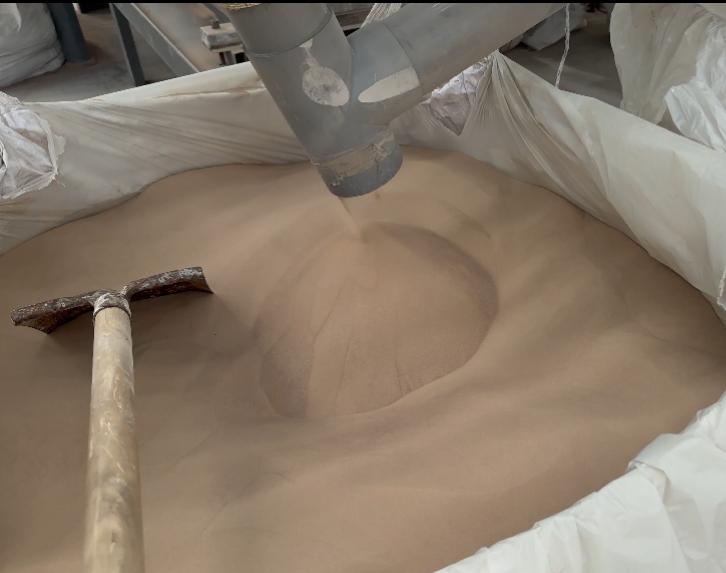
At Global Industry, our Zircon Sand is meticulously sourced and processed to deliver unparalleled purity and consistent quality, essential for the most demanding industrial applications. We understand that in sectors like foundry, refractories, and ceramics, the integrity of your raw materials directly impacts the performance and longevity of your end products. Our advanced beneficiation techniques ensure a tightly controlled particle size distribution and minimal impurities, providing you with a reliable and high-performance material. This commitment to superior quality translates into enhanced thermal stability, excellent refractoriness, and reduced defect rates in your manufacturing processes. Partner with Global Industry for Zircon Sand that meets stringent international standards, guaranteeing the foundational strength and reliability your operations require to achieve optimal results and maintain a competitive edge.
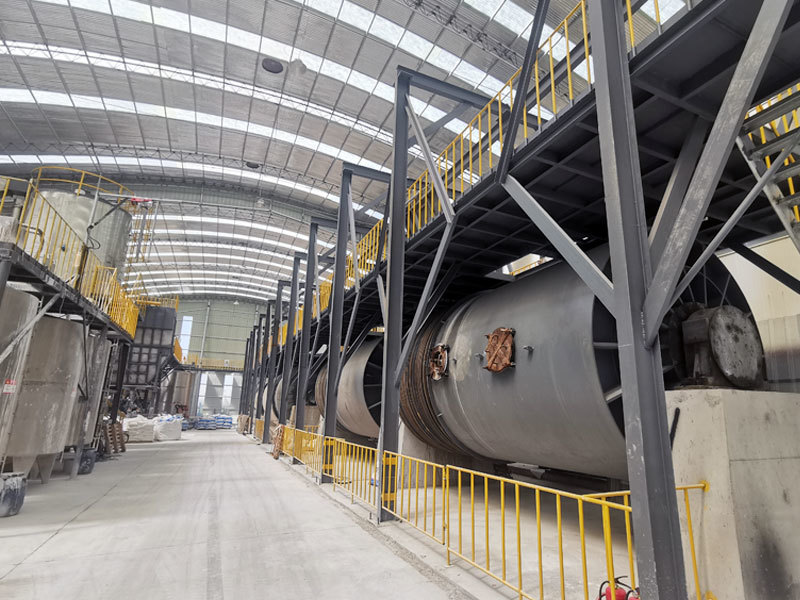
As a leading Zircon Sand factory in China, Global Industry possesses an extensive production capacity designed to consistently meet the high-volume demands of global industrial clients. Our state-of-the-art facilities are equipped with advanced processing lines and robust infrastructure, enabling us to maintain a steady and substantial output of premium Zircon Sand. We recognize that supply chain stability is paramount for your continuous operations. Our efficient production planning, coupled with strategic inventory management, ensures that we can fulfill large orders promptly and reliably, minimizing lead times and preventing costly production delays for your business. By choosing Global Industry, you secure a partner with the proven capability to scale production to your needs, providing the security and consistency required for your long-term procurement strategies. Our commitment to operational excellence means you can depend on us for a continuous and dependable supply of high-quality Zircon Sand, even amidst fluctuating market demands.
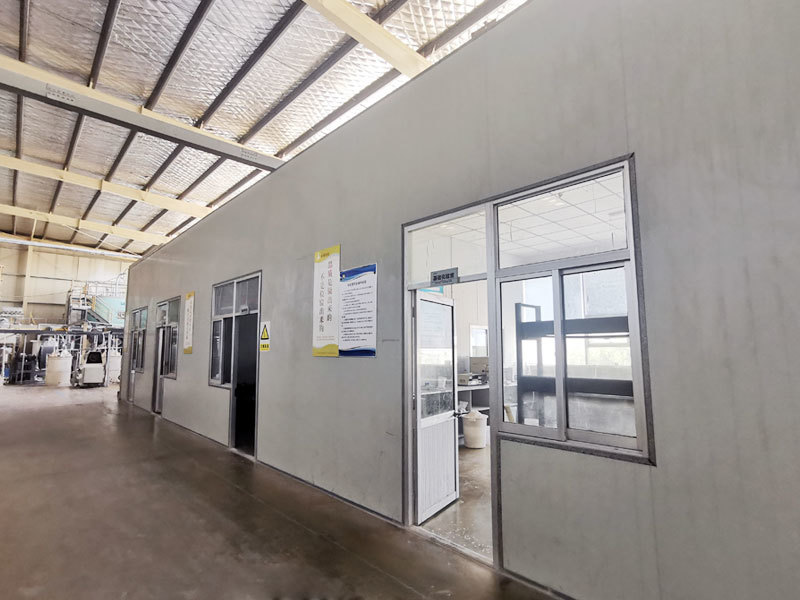
Global Industry is more than just a supplier; we are your strategic partner in optimizing the performance of your industrial applications. Our dedicated team of technical specialists offers comprehensive support and customized solutions for your specific Zircon Sand requirements. We understand that different applications, from precision casting to specialized refractories, may demand unique material characteristics. Our experts are available to provide in-depth consultations, analyze your process needs, and recommend the optimal grade and specification of Zircon Sand to enhance your product quality and operational efficiency. We can assist with particle size customization, chemical composition adjustments, and provide guidance on best practices for material integration. This collaborative approach ensures that you leverage the full potential of our Zircon Sand, achieving superior results and gaining a competitive advantage in your market. Partner with us to unlock new possibilities and refine your manufacturing processes with tailored material solutions.
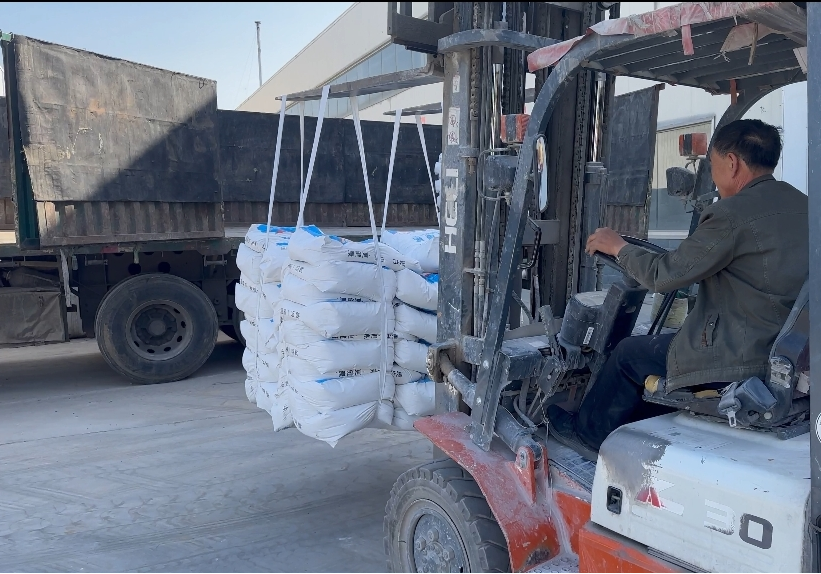
Global Industry is committed to providing a seamless and reliable supply of Zircon Sand to our international clientele. Leveraging our strategic location in China and extensive experience in global trade, we have cultivated a robust logistics network that ensures efficient and timely delivery to any corner of the world. We meticulously manage all aspects of international shipping, including export documentation, customs clearance, and freight forwarding, to minimize your logistical burdens and guarantee a smooth procurement process. Our flexible packaging options and adherence to international shipping standards ensure that your Zircon Sand arrives in pristine condition, ready for immediate integration into your production lines. By partnering with Global Industry, you gain a trusted global supplier dedicated to operational continuity and peace of mind, allowing you to focus on your core business while we handle the complexities of worldwide material delivery.
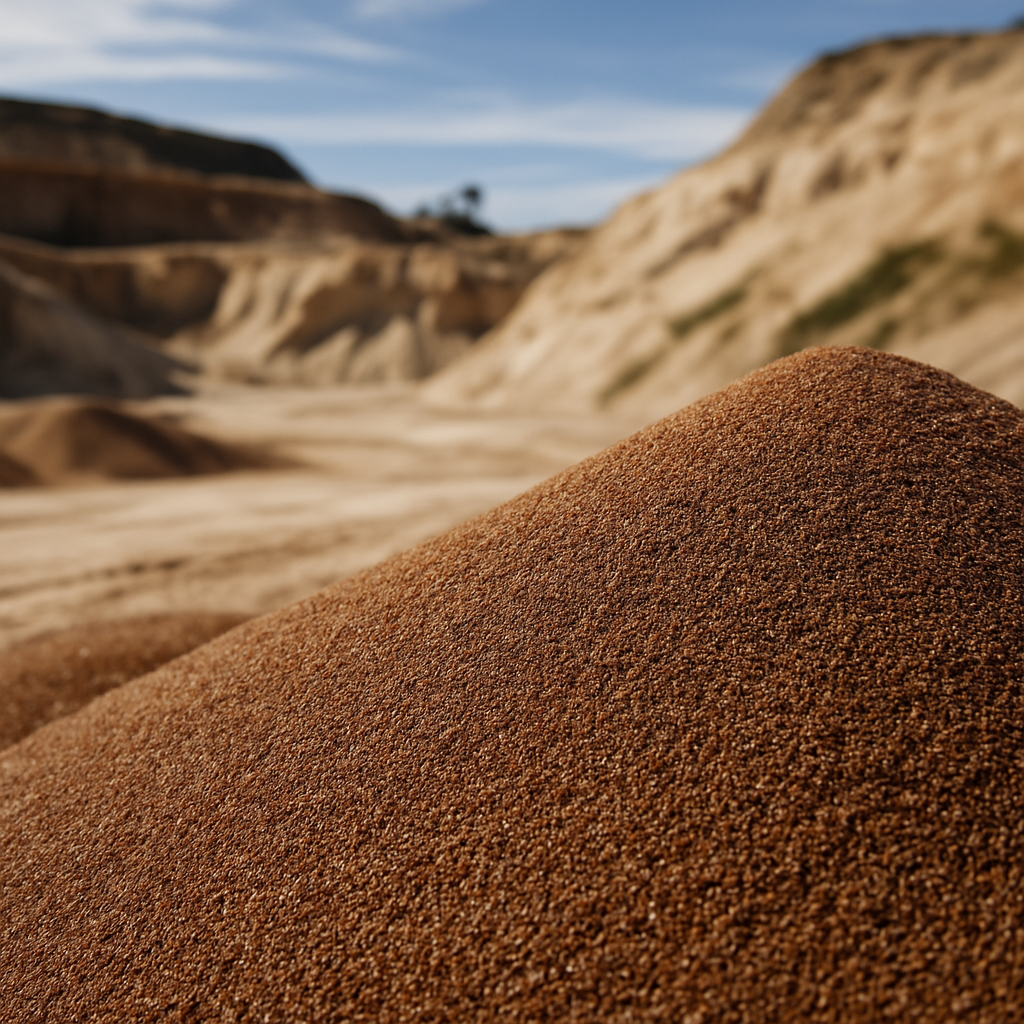
Standard Zircon Sand: This is the most common grade, typically with a ZrO₂ content ranging from 65% to 66%. It is widely used in foundries, refractories, and some ceramic applications.
Premium/High-Purity Zircon Sand: This grade undergoes additional processing to achieve higher purity, often with ZrO₂ content exceeding 66% and lower levels of impurities like TiO₂ and Fe2O3. It is preferred for demanding applications such as advanced ceramics, glazes, and certain chemical processes where impurity levels can significantly impact the final product’s performance or appearance.
Zircon Flour and Micronized Zircon: These are finely ground forms of zircon sand, with particle sizes typically in the micron or sub-micron range. Zircon flour is produced by dry grinding, while micronized zircon often involves wet grinding and advanced classification techniques to achieve extremely fine and uniform particle sizes. These fine powders are essential for applications requiring high opacity, smooth finishes, or specific rheological properties, such as ceramic glazes, engobes, and precision casting slurries.
Chemically Treated Zircon Sand: For highly specialized applications, zircon sand may be chemically treated to remove specific impurities or to modify its surface properties. This results in ultra-high purity grades suitable for nuclear applications, specialized electronic components, and certain catalyst supports.
Coated Zircon Sand: Some zircon sands are coated with resins or other binders for specific foundry applications, improving their performance in mold and core making by enhancing strength and reducing defects.
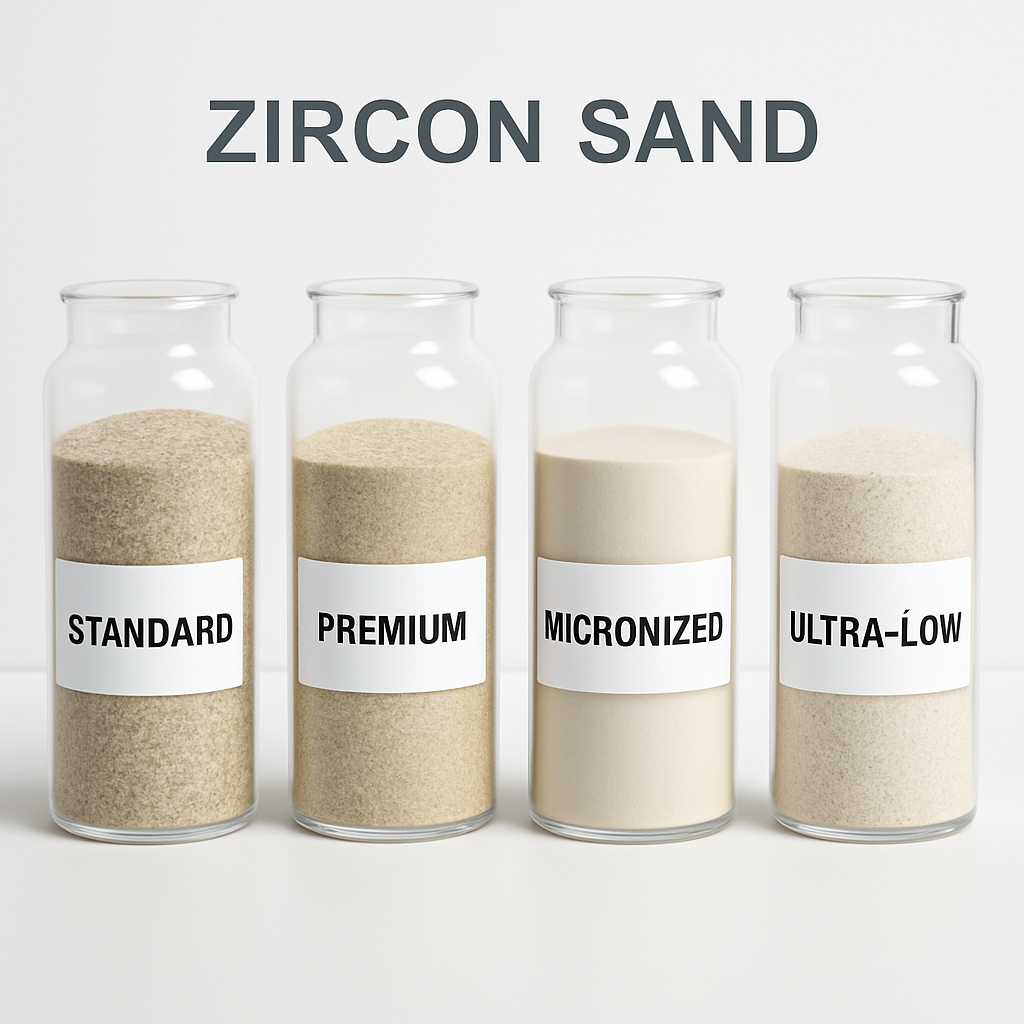
Foundry Industry
Ceramics and Glass Manufacturing
Refractory Materials
Nuclear Industry and Metal Extraction
Abrasive and Wear-Resistant Materials
Zirconium Chemical Production
Get a fast quote, request samples, or speak directly with our technical sales team.
